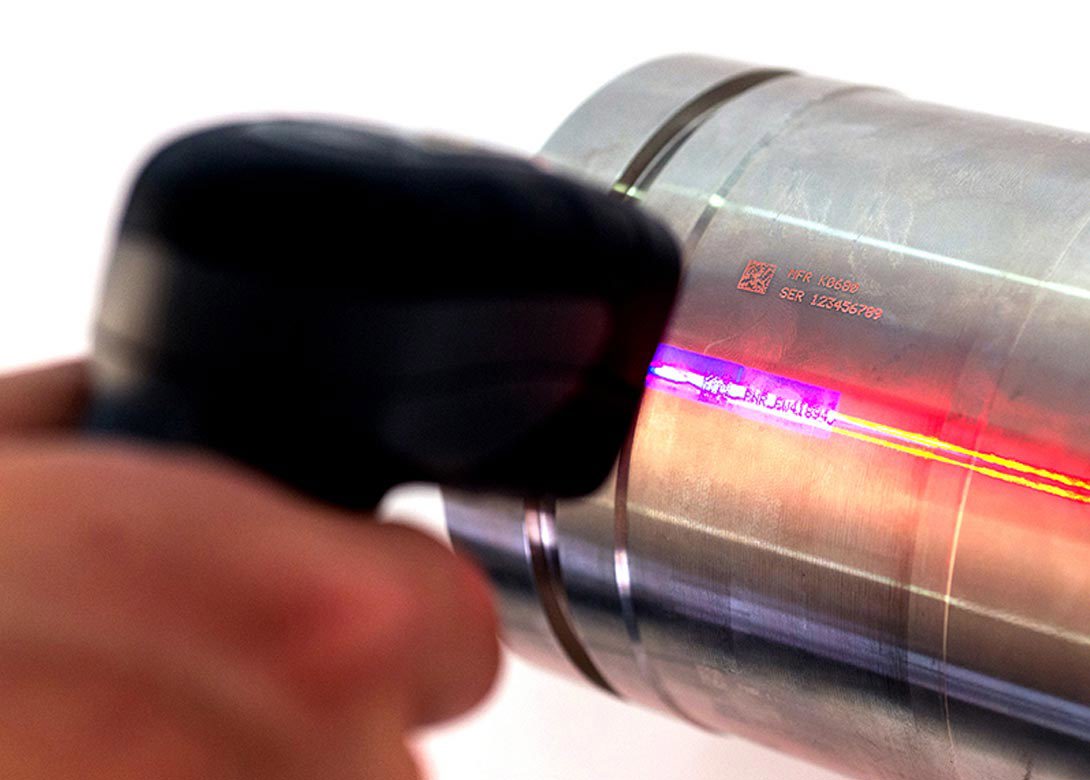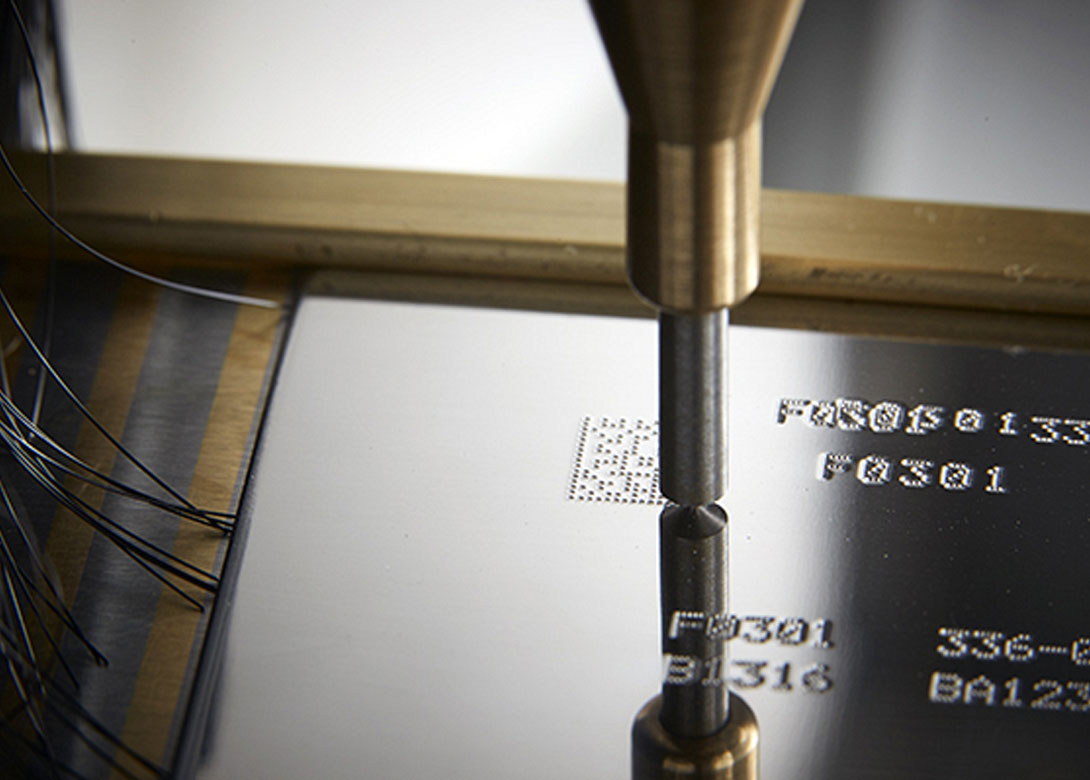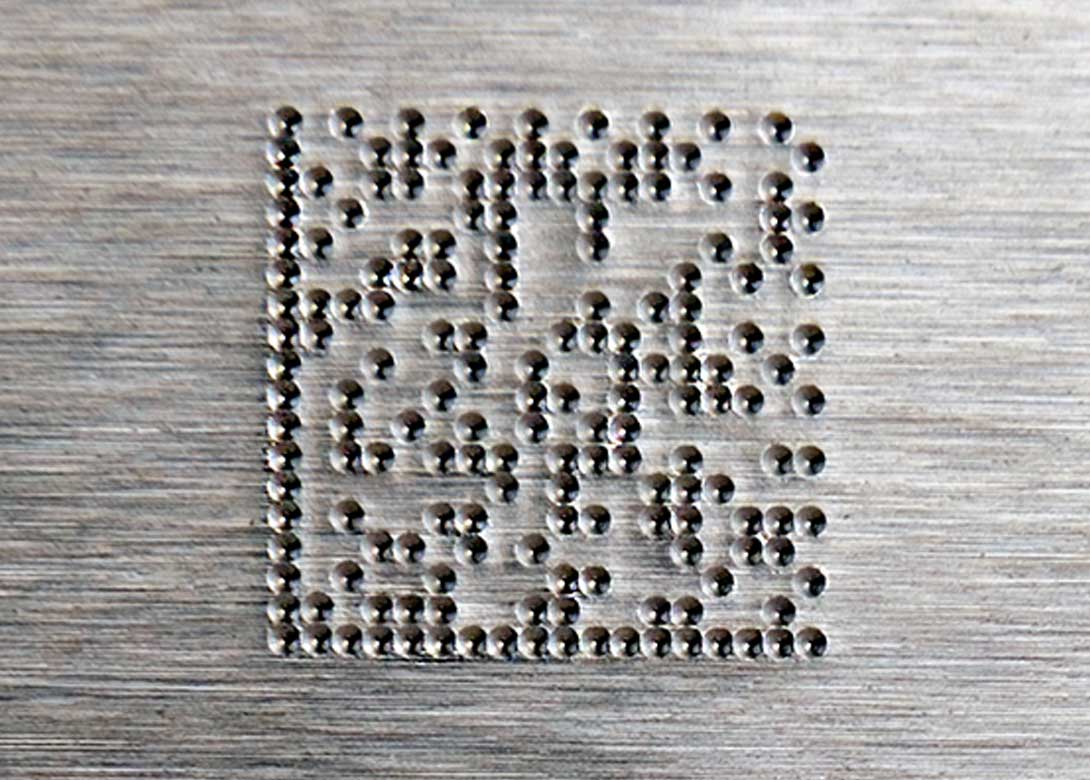
With product recalls at an all time high, companies across the manufacturing supply chain are under pressure to improve product traceability.
The number of product recalls has shot up over the past six years, manufacturers are now far more likely than in 2013 to call back defective products, in the EU, car recalls are up 150%. One recent example is BMW, in October 2018, the car manufacturer recalled more than 268,000 diesel engined models in the UK over a potential fire risk caused by a leaking part.
The full costs of a recall can be difficult to quantify, and may be much larger than figures suggest. Beyond the direct expenses associated with locating and rectifying or replacing faulty products, companies involved in major recalls will also have to deal with knock-on effects, including reputational damage and the loss of customers to competitors.
The traceability imperative
Efforts to limit the occurrence and impact of quality related issues is driving a desire to improve traceability at the component level.
Understanding exactly which components have been used in which products doesn’t eliminate the risk of quality problems, but it can transform a company’s ability to respond to issues when they occur: limiting the scale and scope of recalls and corrective actions and aiding the identification and elimination of root causes.
Full component traceability has been standard practice in the aerospace sector for many years. As demand for the same capabilities expands into other industries, subcontract manufacturers are increasingly facing the need to upgrade their processes and equipment to meet customer requirements.
Introducing traceability capabilities into manufacturing operations can seem a daunting prospect, but Pryor Marking has developed a comprehensive range of solutions applicable to all material types and manufacturing volumes. All products are designed and manufactured in the UK, enabling a unique level of expertise and support for UK manufacturers and suppliers.

Every component traceability system relies on two fundamental components: marking and data recording. The process begins with a specially designed marking device giving raw materials and parts a unique identification tag, which can be a barcode – typically in 2D or Data Matrix format – or permanent readable texts and images.
Where marking devices are concerned, dot peening, which 'prints' text, lines or images on components as a series of closely spaced dot indentations, continues to be the preferred method for marking unique data matrix codes for machine readable identification. It is also suitable for critical parts, where permanent legibility is important and surface flaws are unacceptable.
For some applications, scribe marking, or engraving is used as an alternative to dot peening. The process is slower, but can produce a more aesthetically appealing mark, which may be important in consumer facing applications. Where a non-contact method is preferred, laser marking offers an alternative to dot marking, providing a high contrast mark on a wide variety of surfaces and substrates.
Marking equipment is manufactured in a range of different form factors. Handheld machines, for example, are ideal for low volume applications or where the marked component is large and immovable, or a variety of marks are needed in multiple locations. The range of handheld marking equipment from Pryor covers all requirements - from a small, fully portable power tool to heavy duty, industrial units ideal for manufacturing lines, foundries, and as back-ups to automated systems.
The pneumatic versions of Pryor’s portable dot markers are the lightest weight, deep marking tools available on the market, ideal where a painted or coated mark needs to be applied to a large component. All Pryor marking units are robust, with electronics carefully protected from the vibrating marking head. Laser marking can also be configured into a hand-held system for larger components.
For higher volume applications, marking equipment can be integrated directly into manufacturing lines. Marking heads can be installed in a fixed location or mounted on a robot for increased flexibility. For high speed production lines, on-the-fly laser marking systems can apply an accurate mark to a moving component.
The second key component in a traceability system is appropriate software to associate each mark with the relevant component, sub-assembly or final product. Pryor provides a full range of scanning and verification tools for this purpose. Using advanced computer vision technology, verification systems check not only that the right mark has been applied, but also that the mark meets appropriate quality standards. Data from the system can be exported to internal or end customer manufacturing and product data management systems.
As many companies have found, introducing traceability doesn’t just keep customers happy, it can also help to streamline internal process and quality control. Based on decades of experience working with manufacturers, Pryor has developed an advanced software solution that uses product marking as the foundation for mistake proofing, quality control and process compliance.
Pryor traceability software tracks the specific components used in complex assemblies, for example. That streamlines data management and makes recall actions and the tracking of quality escapes quick, efficient and cost-effective. The system can record and associate other manufacturing data, such as critical process variables, with individual components and assemblies, aiding quality improvement and root cause problem solving activities.
Pryor traceability software doesn’t just help manufacturers fix problems, it can also prevent them. The system can be used for error-proofing, by stopping a process or alerting operators if all the required components are not present in an assembly, for example. It is also possible to enforce standard operating procedures using the system, for example requiring operators to periodic tool, equipment or process checks.
As well as Pryor, FastFixTechnology will also be at this year’s Advanced Engineering, on stand C25. Make sure you come and say hello.
Find Pryor at Advanced Engineering on Stand H9.


Having spent a decade in the fastener industry experiencing every facet – from steel mills, fastener manufacturers, wholesalers, distributors, as well as machinery builders and plating + coating companies, Claire has developed an in-depth knowledge of all things fasteners.
Alongside visiting numerous companies, exhibitions and conferences around the world, Claire has also interviewed high profile figures – focusing on key topics impacting the sector and making sure readers stay up to date with the latest developments within the industry.
Don't have an account? Sign Up
Signing up to FastFixTechnology.com enables you to manage your account details.